Saturn’s rings are ‘relatively recent’
Belt of ice and rock was formed no more than 100 million years ago
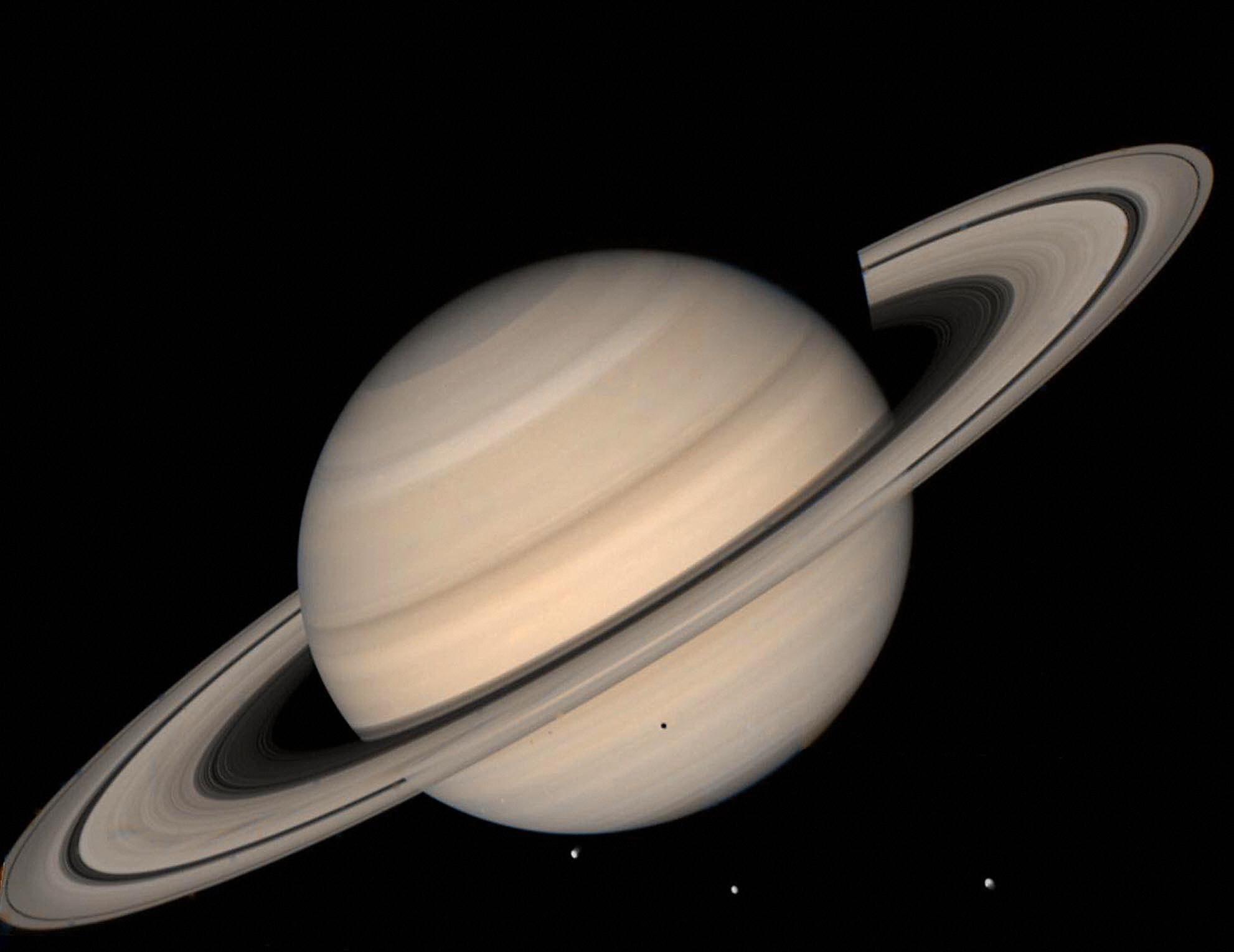
Scientists have discovered that the distinctive rings surrounding Saturn may be far younger than had previously been thought.
Data obtained by Nasa’s Cassini spacecraft before its “death” in 2017 suggest the belt, one of the solar system’s most “magnificent sights”, was formed between 10 million and 100 million years ago, says Reuters.
To put that into perspective, dinosaurs were roaming the Earth 100 million years ago, the news site says, and their extinction is believed to have taken place some 66 million years ago.
The Week
Escape your echo chamber. Get the facts behind the news, plus analysis from multiple perspectives.

Sign up for The Week's Free Newsletters
From our morning news briefing to a weekly Good News Newsletter, get the best of The Week delivered directly to your inbox.
From our morning news briefing to a weekly Good News Newsletter, get the best of The Week delivered directly to your inbox.
Saturn, meanwhile, was created when the solar system formed 4.5 billion years ago, the Daily Mail says.
Using the data, a team of scientists at the University of California were able to determine that the rings are “less than half as heavy” as Mimas, one of Saturn’s 62 moons, Metro reports.
This suggests that the rings are “relatively recent”, otherwise they would be heavier and less bright because they would have been “contaminated” by more space debris, the news site says.
Scientists have tried to calculate the age of Saturn’s rings before, but the lack of data available before Cassini meant that only vague estimates could be drawn.
A free daily email with the biggest news stories of the day – and the best features from TheWeek.com
Speaking to the BBC, Luciano Iess, professor of aerospace engineering at Sapienza University in Rome, said: “Previous estimates of the age of Saturn's rings required a lot of modelling and were far more uncertain.
“But we now have direct measurements that allow us to constrain the age very well.”
Although Jupiter, Neptune and Uranus have rings, Saturn’s are the most prominent to the naked eye and can easily be seen through a telescope.
The planet’s rings look “solid” to the naked eye, but the band is actually “translucent” and consists of “countless” ice and rock particles, according to The Atlantic.
“Some are no larger than a grain of sugar, others as enormous as mountains,” the US magazine says. They are “held in place by a delicate balance between Saturn’s gravity and their orbiting speed”.
-
 Pipe bombs: The end of a conspiracy theory?
Pipe bombs: The end of a conspiracy theory?Feature Despite Bongino and Bondi’s attempt at truth-telling, the MAGAverse is still convinced the Deep State is responsible
-
 The robot revolution
The robot revolutionFeature Advances in tech and AI are producing android machine workers. What will that mean for humans?
-
 Health: Will Kennedy dismantle U.S. immunization policy?
Health: Will Kennedy dismantle U.S. immunization policy?Feature ‘America’s vaccine playbook is being rewritten by people who don’t believe in them’
-
 Another Starship blast sets back Musk's Mars hopes
Another Starship blast sets back Musk's Mars hopesSpeed Read Nobody was killed in the explosion, which occurred in south Texas
-
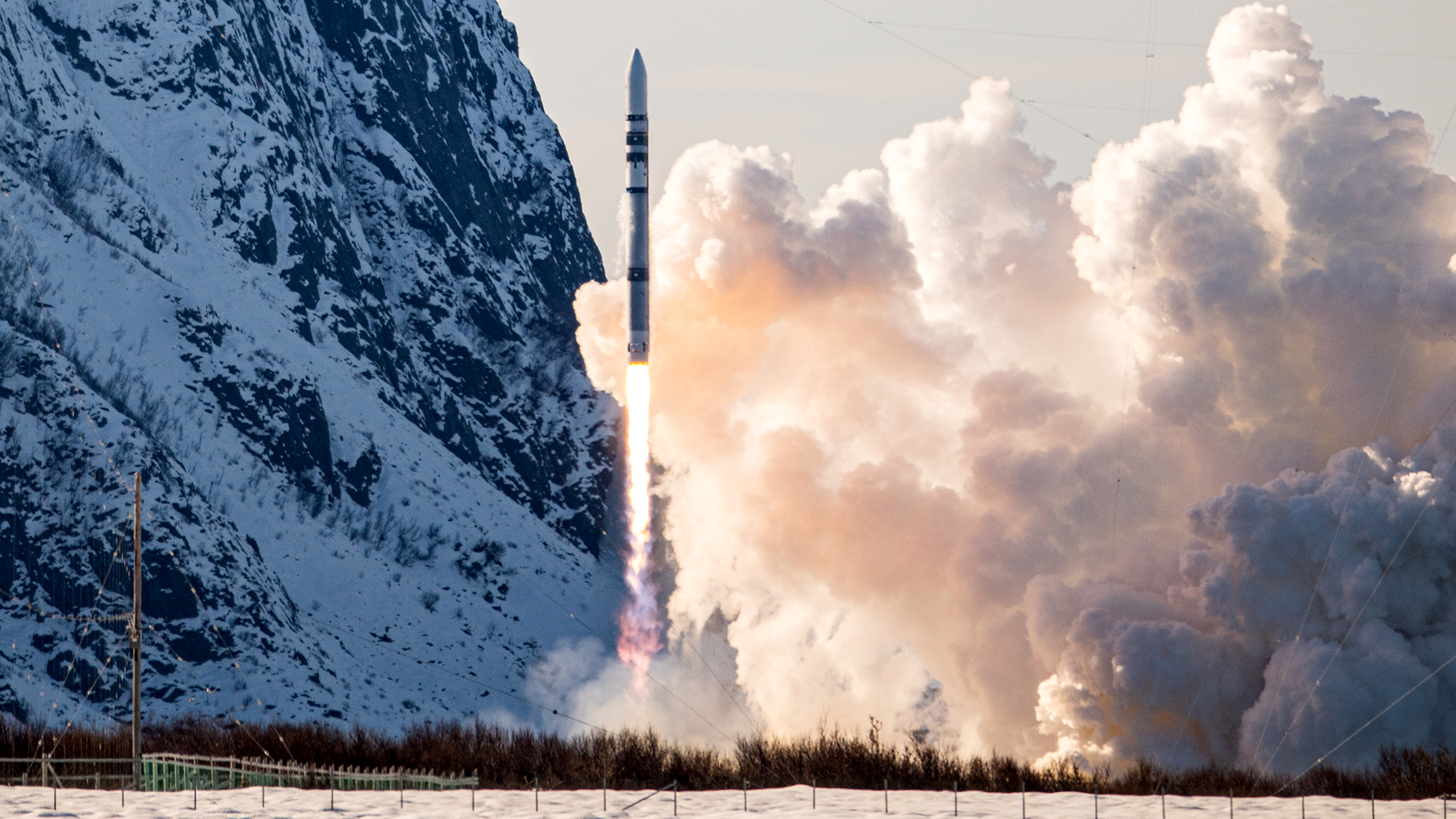 Test flight of orbital rocket from Europe explodes
Test flight of orbital rocket from Europe explodesSpeed Read Isar Aerospace conducted the first test flight of the Spectrum orbital rocket, which crashed after takeoff
-
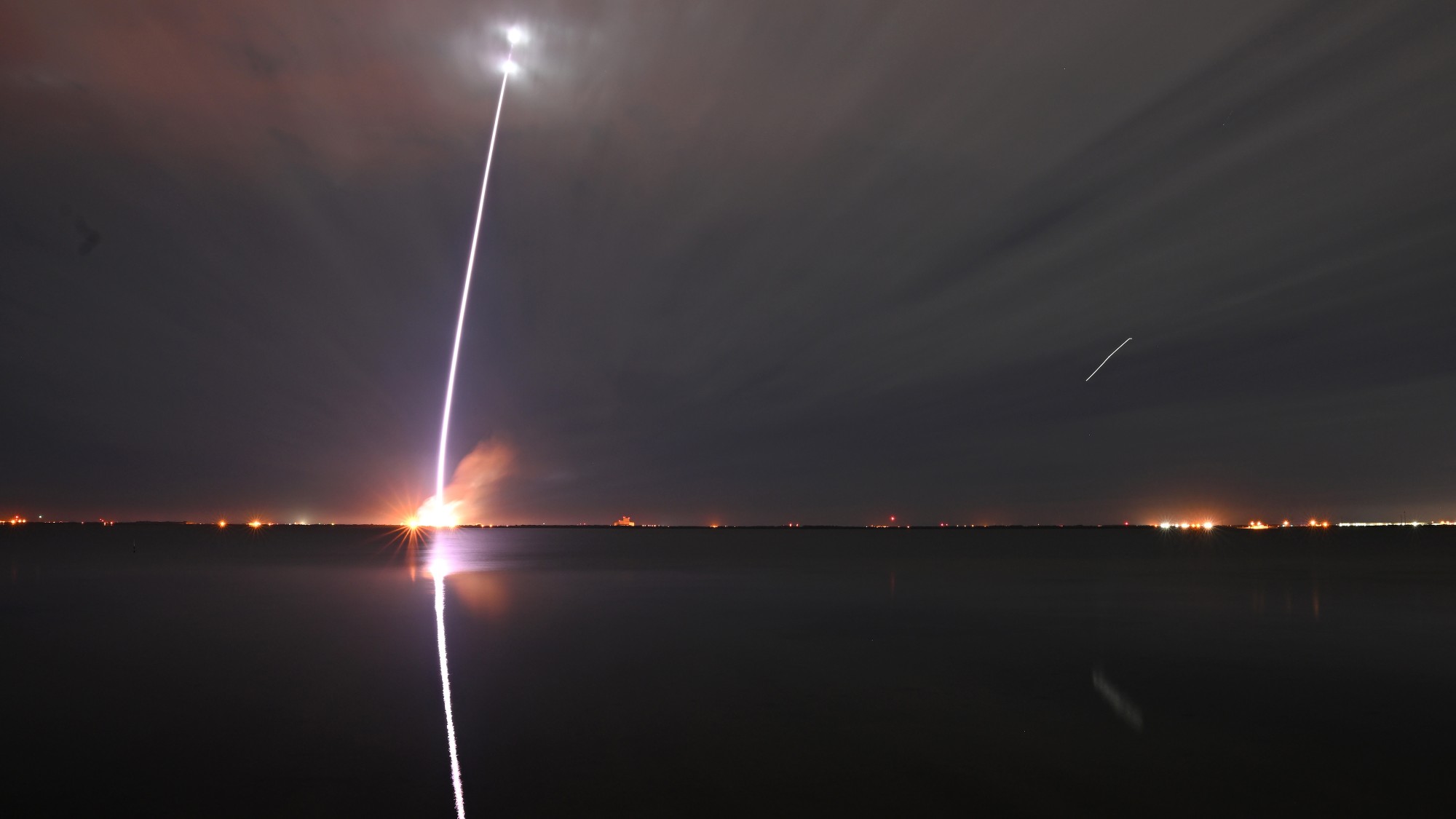 Jeff Bezos, Elon Musk and the billionaire space race
Jeff Bezos, Elon Musk and the billionaire space raceThe Explainer Tesla CEO and Amazon founder vie for dominance of satellite launch market and could influence Nasa plans to return to Moon
-
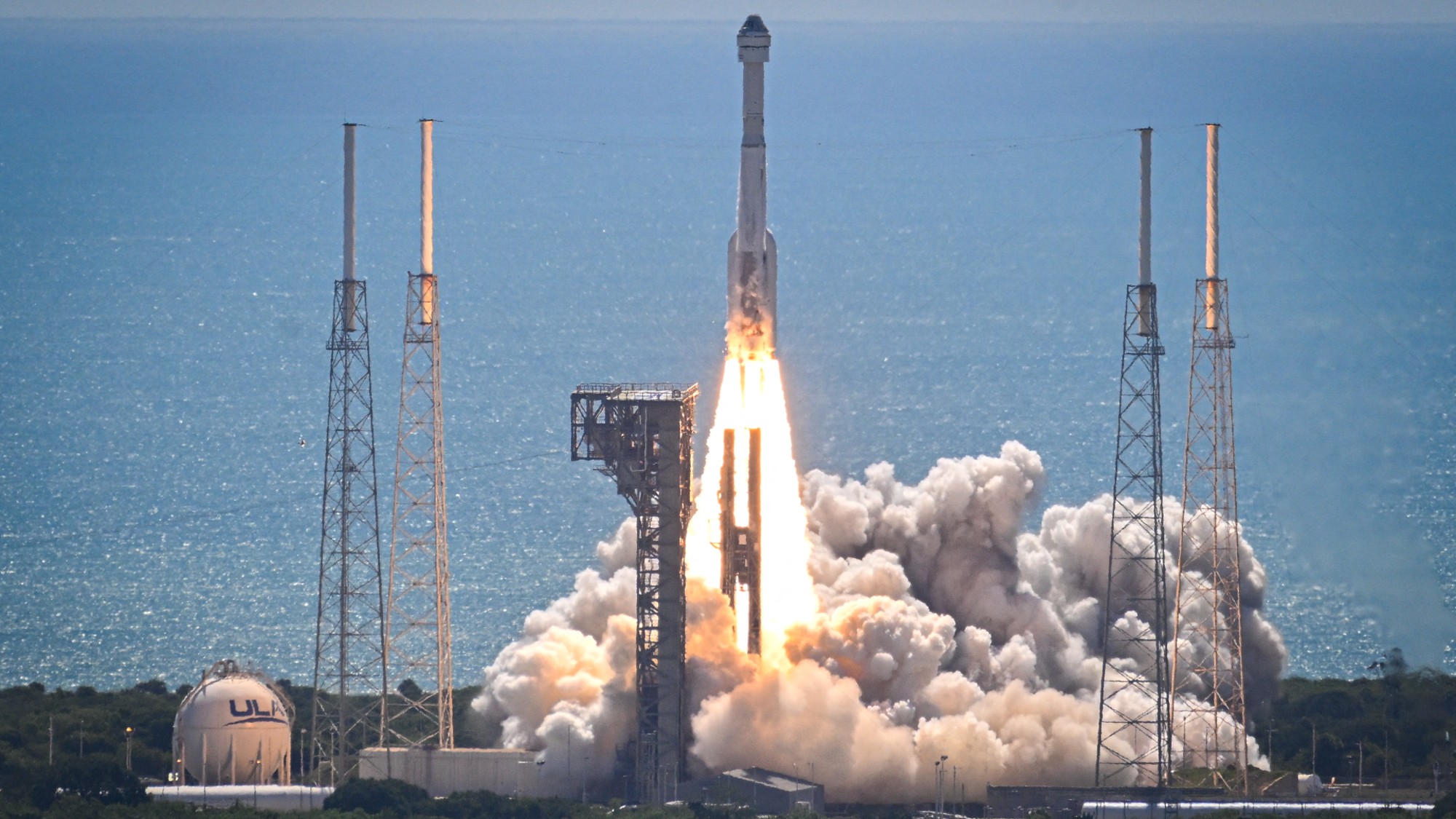 Starliner: What went wrong?
Starliner: What went wrong?Today's Big Question Boeing spacecraft has had a 'long, difficult road'
-
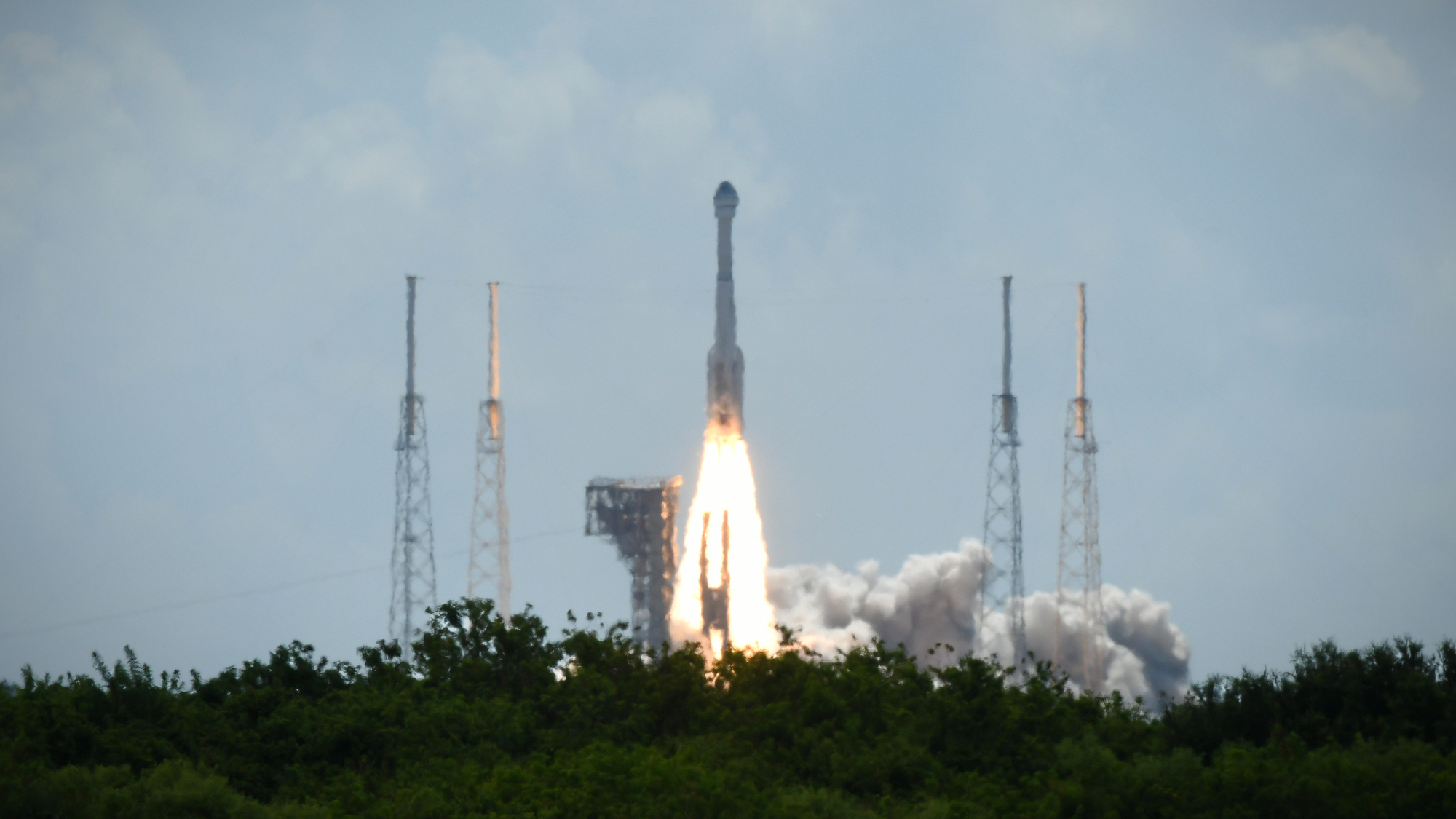 Boeing, SpaceX successfully test key rockets
Boeing, SpaceX successfully test key rocketsSpeed Read Boeing’s Starliner docked at the ISS and SpaceX completed its fourth test launch of its Starship spacecraft
-
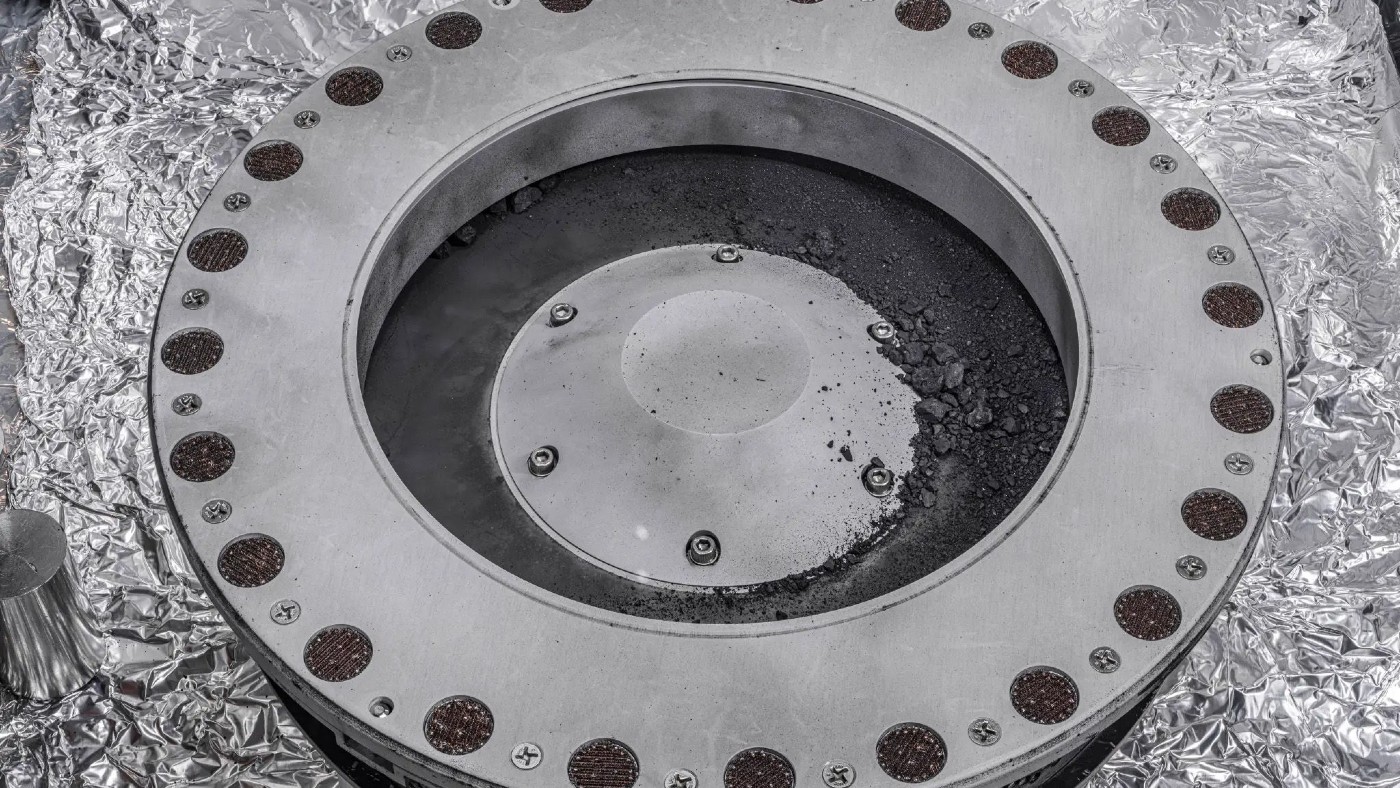 Nasa reveals first findings from asteroid that could explain origins of life
Nasa reveals first findings from asteroid that could explain origins of lifeSpeed Read Sample from Bennu has been found to contain an abundance of water and carbon
-
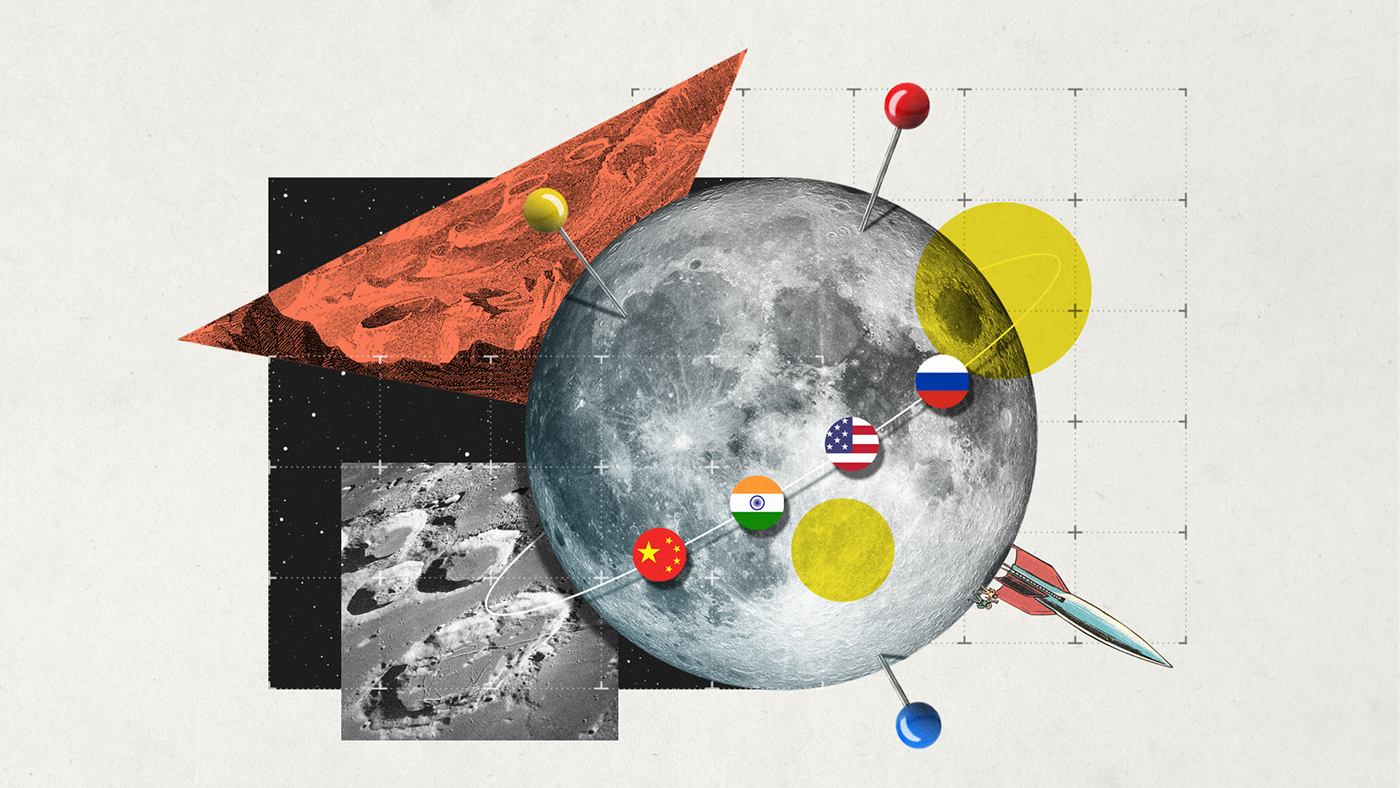 Dark side of the Moon: will the race to lunar South Pole spark conflict?
Dark side of the Moon: will the race to lunar South Pole spark conflict?Today's Big Question Russia and India are competing for the ‘new lunar gold’ – but real contest will be between the US and China
-
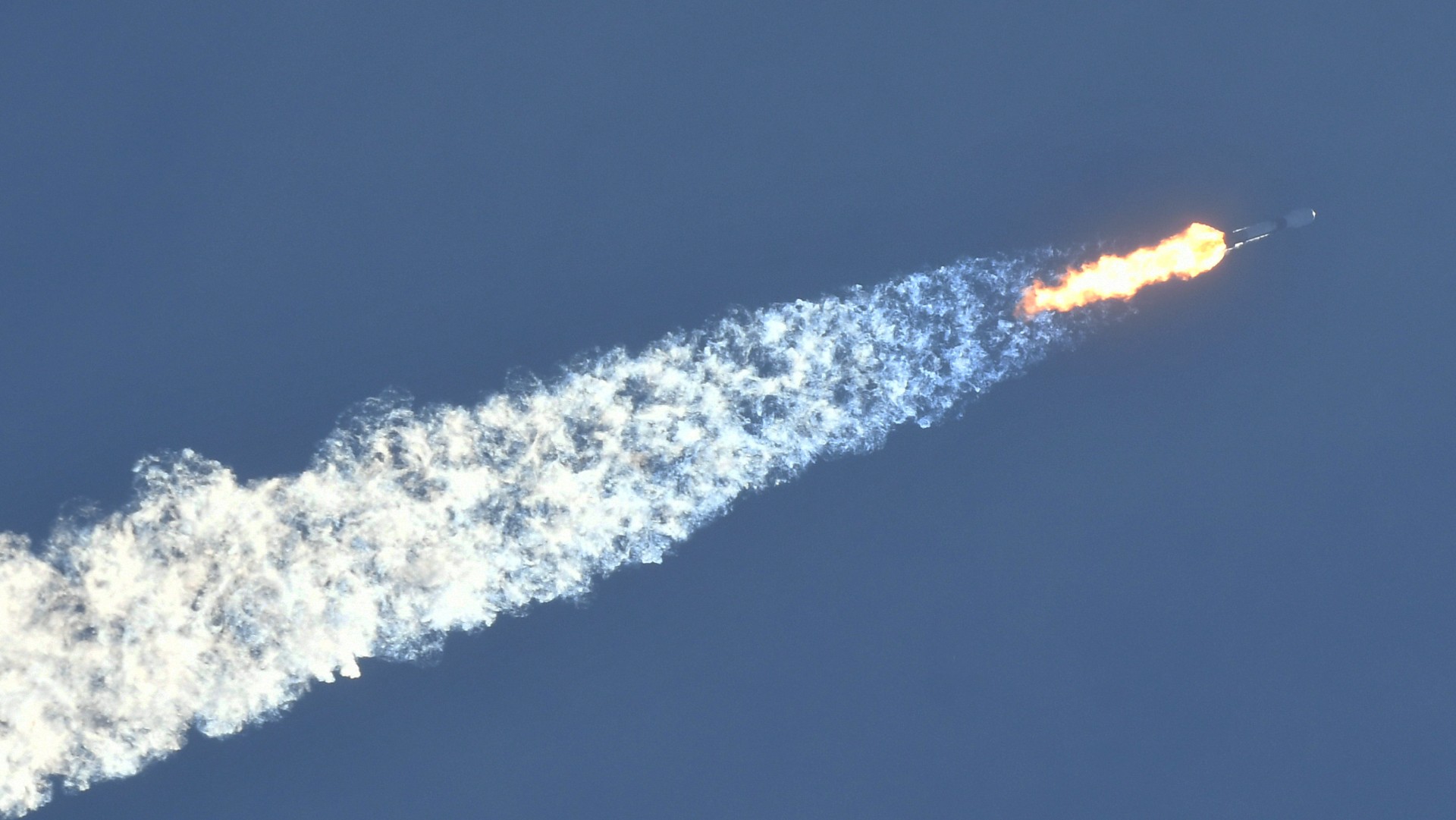 How worried we should be about space debris
How worried we should be about space debrisfeature As part of a rocket washes up in Australia scientists warn ‘critical mass’ of orbital junk could only be decades away